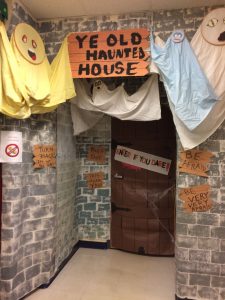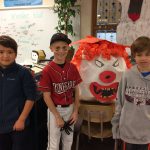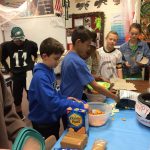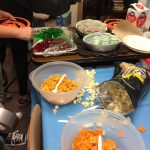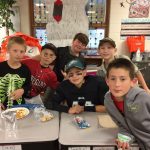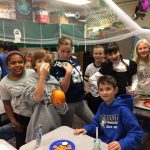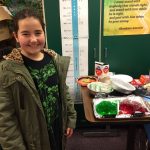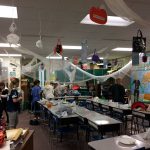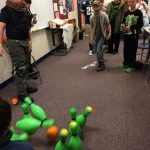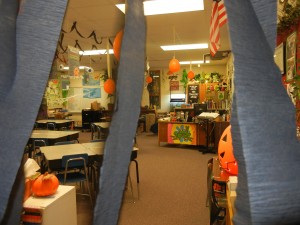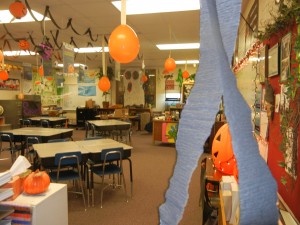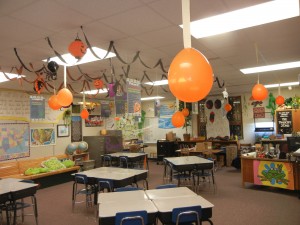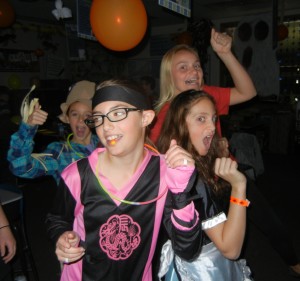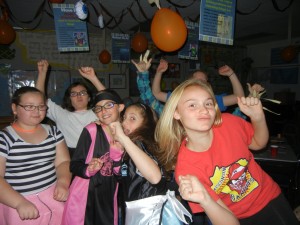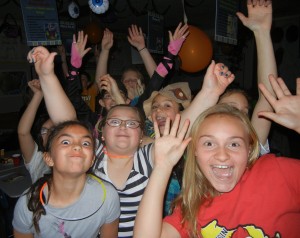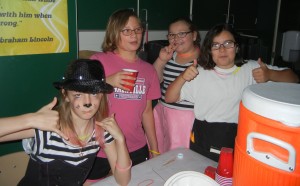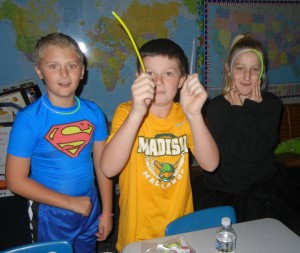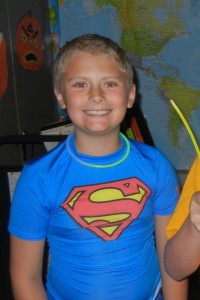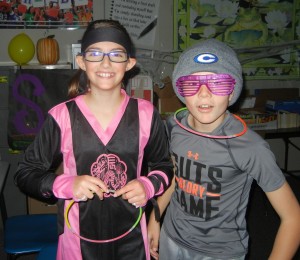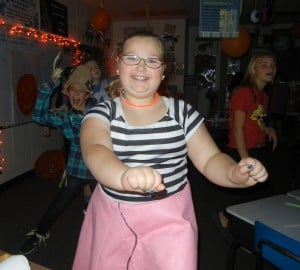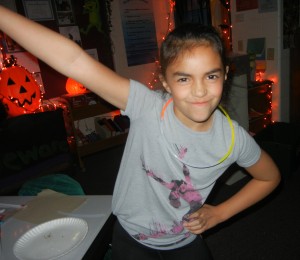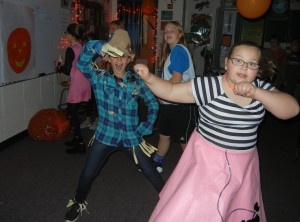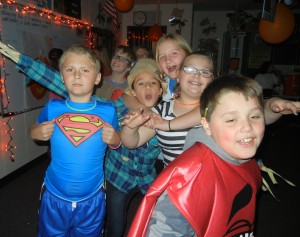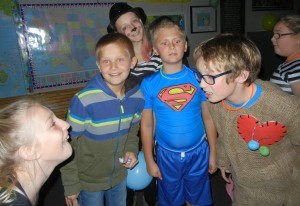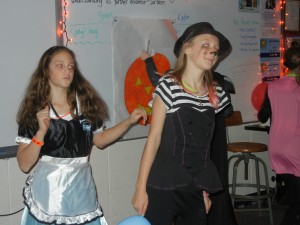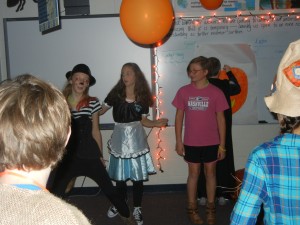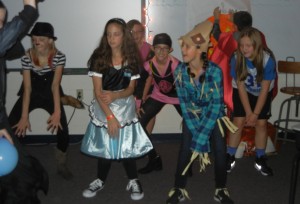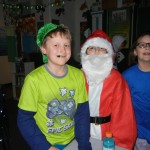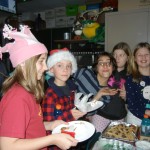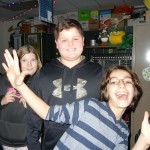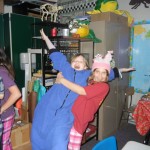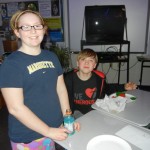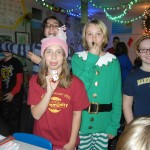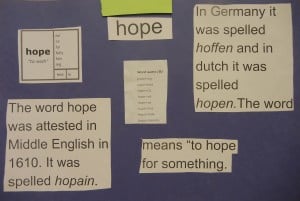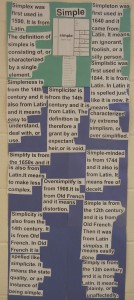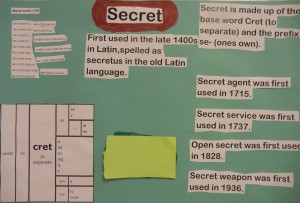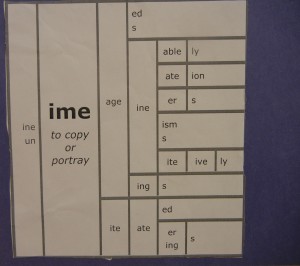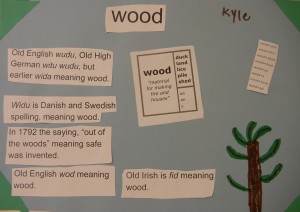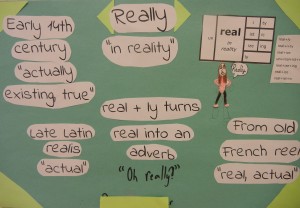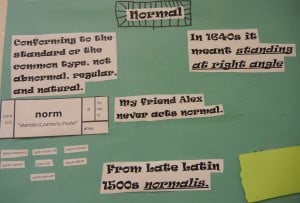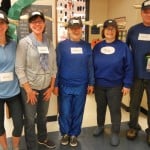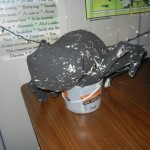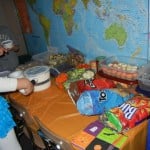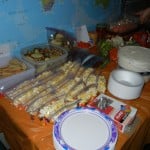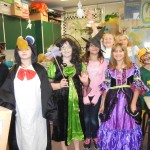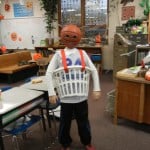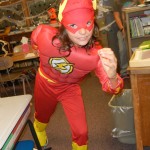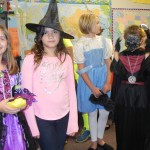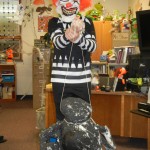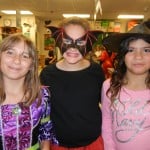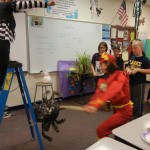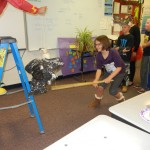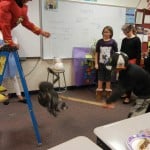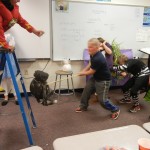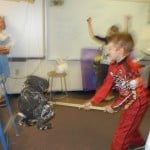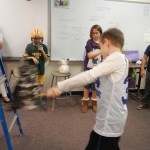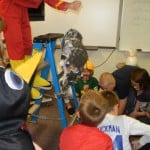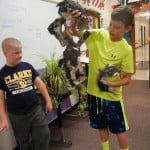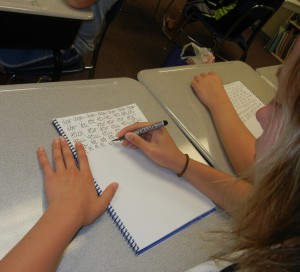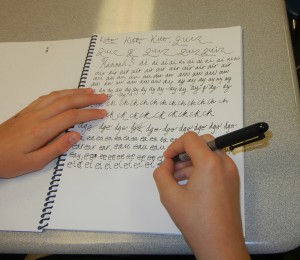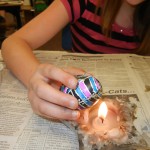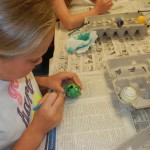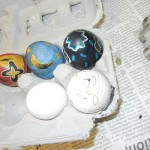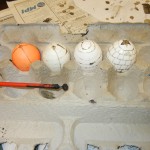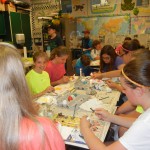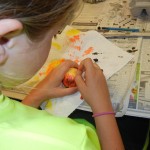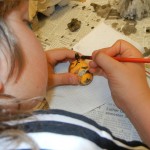Recently, at a teacher website I frequent, a question was thrown out about encouraging curiosity in students. The teacher asking the question recognized that the time constraints we are given and the way we are asked to teach can sometimes squash the students’ tendencies to be inquisitive or curious.
The statement that immediately came to my mind is one I have heard many times, but only recently come to fully appreciate.
The question is more important than the answer.
Add to that the following statement that Michel Rameau uses frequently in his Spellinars.
The question is eternal; the answer is only temporary.
When these statements become integral to the daily structure of my day, I am then encouraging curiosity in my students.
The way I see it, putting more importance on asking questions than on giving answers benefits the students (all of us, really) in two respects. First, the answer is no longer the end-all be-all. It becomes okay to have partial understanding of something. Secondly, all minds become focused on making sense and understanding of whatever is being talked about. The questions come quite naturally, and everyone in the room knows these questions will not be discouraged or rated on some kind of disheartening scale.
Stating that the answer is less important than the question does not imply that the answer is not important. Usually it is our way of checking what we understand about something. But thinking of our answers as temporary helps us think of our understanding as part of the bigger picture in time. If I begin my answers, “As I understand it at this point in time, ….”, I am admitting that the answer is temporary. I am open to having an even deeper understanding of the question at some later point in time. I am open to the idea that there is, no doubt, more to learn about the specific topic, and that as I learn more, my answer to that question will alter also. It also helps us think of an answer, not as an end point, but as a checkpoint. With an answer that is thought of as temporary, the question remains open, whereas answers that are thought of as final, end our further contemplation of the question.
The best kinds of questions asked in a classroom are those asked by students. A teacher can learn a lot about where a student’s understanding is by the question the student is asking. A question can also reveal how engaged the student is in the learning. I especially love when students ask big questions that can’t necessarily be answered just then. It tells me they are extending what they understand and trying to apply that understanding to the so-much-out-there that they don’t understand! Sometimes we just sit for a second and appreciate the largeness of the question and the fact that none of us can even attempt to answer it, yet we can all appreciate it! Recently a student was presenting a slide show about sink holes. The students in the audience had a lot of questions, at least six of which neither the presenter nor I could answer. What a wonderful end to a presentation. Those questions were all curiosity driven, and I couldn’t have been happier!
I’ve never been one of those teachers who is uncomfortable leaving a question unanswered. I have known some who are. Those teachers drive themselves crazy trying to prepare for any question about an activity or topic that might arise. But the sad part is that they also box themselves in a bit. They end up needing to keep the activity or discussion within the boundaries of what they know and can answer. To my way of thinking, that puts boundaries on the students’ curiosities as well.
I definitely want my students to know I have a level of education and am qualified to teach them the subjects that I am assigned, but I also want them to know that I don’t know it all. I continually take academic classes and read topic specific books, sharing my passion and excitement for learning with my students. I want them to know that when I send them off on an investigation of prefixes for instance, that I have not personally conducted such an investigation and am looking forward to seeing what they find! I use the knowledge I have gathered to guide and steer their inquiry, but I don’t allow preconceived ideas to close me off to what we might all notice that we have not noticed before. The very first year I began teaching orthography, I jumped in without having a complete understanding of many facets of our language. The students were thrilled! They loved that I didn’t have all the answers. We were truly all learning something valuable from each other.
So are students the only ones who get to ask questions? Of course not. Here are my favorite questions to ask: “What are you wondering now? What questions does that stir in you? What does this new information cause you to think about? What evidence do you have to support that? Can you prove that?”
Questions happen when our curiosity bubbles up and erupts into words. It is at that point when we begin our quest for information and ideas with which we will construct an understanding. Temporary answers allow us to check that understanding, while keeping the question alive. In the meantime our minds are open, and our curiosity aroused. We don’t know when evidence will come along, or how long our minds will juggle with an idea before we reach that deeper understanding that develops in response to a question once asked.

